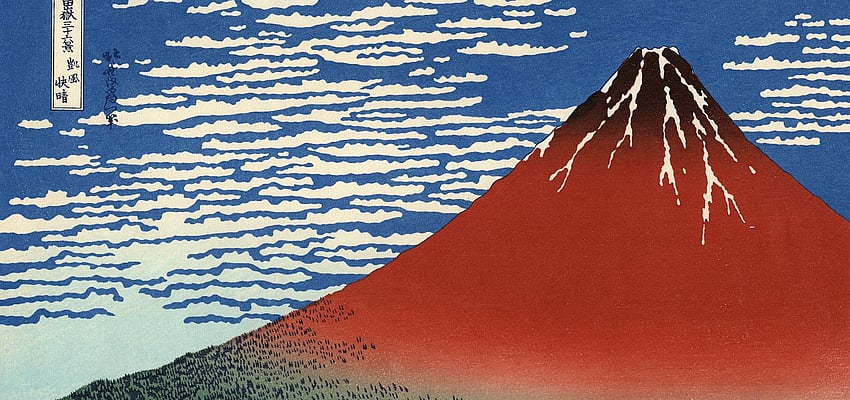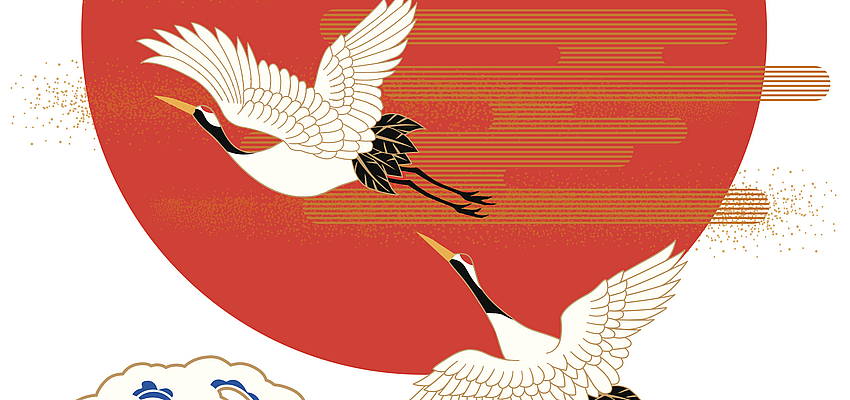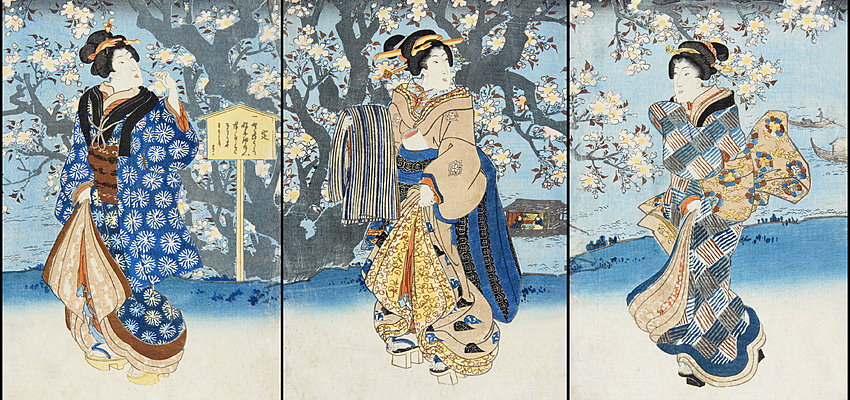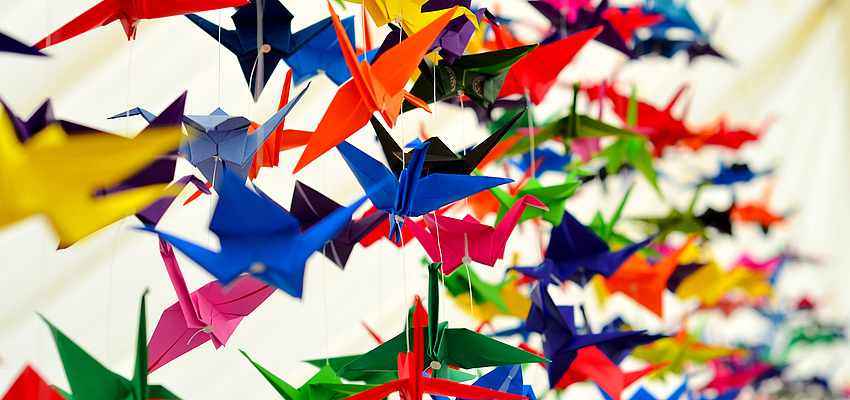


Japanese art is rich and ubiquitous. It directly takes its inspiration from the environment and from the Japanese way of thinking—mainly from nature. During your trip to Japan, you will be surrounded by Japanese art everywhere you go—in your daily life as well as in your cultural tours.
Japanese art rests on two influencesof note:nature and Chinese art.
In Japan, despite the many natural disasters suffered by the country, nature is not hostile to man; it is welcoming. This bond between the Japanese and nature—present in Shinto, which venerates divine spirits—can be found directly in their art. That is why symmetry, so present in Western art, repels Japanese artists due to its absence in nature. Although some temples and palaces are symmetrical, they should always be considered with the natural background where they are placed and the fact that they are a foreground taken into account. Likewise, the lines of Chinese architecture, imported into Japan, have been softened and rounded according to the Japanese feeling of harmony with nature.
Even though Chinese culture has had a dominant influence since the introduction of Buddhism (6th century), it has never been entirely accepted as it is without being altered by the Japanese people's unique vision of art. However, its influence can still be felt strongly these days in different forms of art.

We should not disregard the Japanese ancestral theatre arts either: Noh and Kabuki. The former was developed in Japan around 1200. Very codified, it stages masked characters (there are 138 different masks in total) and alternates recitations of verses with dance-based pantomimes. Kabuki, an epic theatre art, substitutes the masks of Noh with very noticeable makeup that enables the members of the audience to quickly and easily identify the role being played by the actors.
And how can we not talk about haiku? Incidentally, this strictly codified Japanese poem is exported internationally (used by André Faure in France, for example). Haiku conveys an idea very succinctly: three verses in all and all of them follow the pattern of 5/7/5 morae (often equated to syllables). One word must make reference to a season or to nature.
Today, this very rich culture is accessible to visitors. Firstly, by means of Japan's quite atypical architecture, whether that is seen in its modern buildings, its traditional temples and sanctuaries, or its magnificent and soothing zen gardens.

Secondly, through museums that allow you to become initiated in the rich history of Japanese art. A tour of the establishments in Tokyo will in itself suffice to cover a large part of it: from the Ukiyo-e Ōta Memorial Museum of Art (narrative prints and paintings) to the National Museum of Modern Art, passing through the Suntory Museum of Art (specialised in antique art objects) and the Idemitsu Museum of Arts (calligraphy, paintings and ceramics).
Japanese art does not encompass only the fine arts of painting, architecture and theatre. The daily life of the Japanese people is just as refined. Art is also a way of life. So we talk about origami, that ancestral art of folding paper to make little colourful shapes, generally animals or even plants. Have your children never attended an origami workshop? Another Japanese art, ikebana, is the art of flower arrangement. Emphasis is placed on having a linear and harmonious arrangement, both in the order and the colours used.

You will find it difficult to get out of this one and so much the better: the tea ceremony is a real art that follows very precise principles. Attention is given to both the decor, which is exquisite, and the codified gestures, which are as gracious as they are elegant.
Finally, we will mention bonsai, Japanese calligraphy (or shodo, a way of writing) and even just the geisha (or geiko)—those female artists who have dedicated their life to artistic refinement and who accompany and entertain a well-to-do clientele.
As you can see, everything in Japan is art!